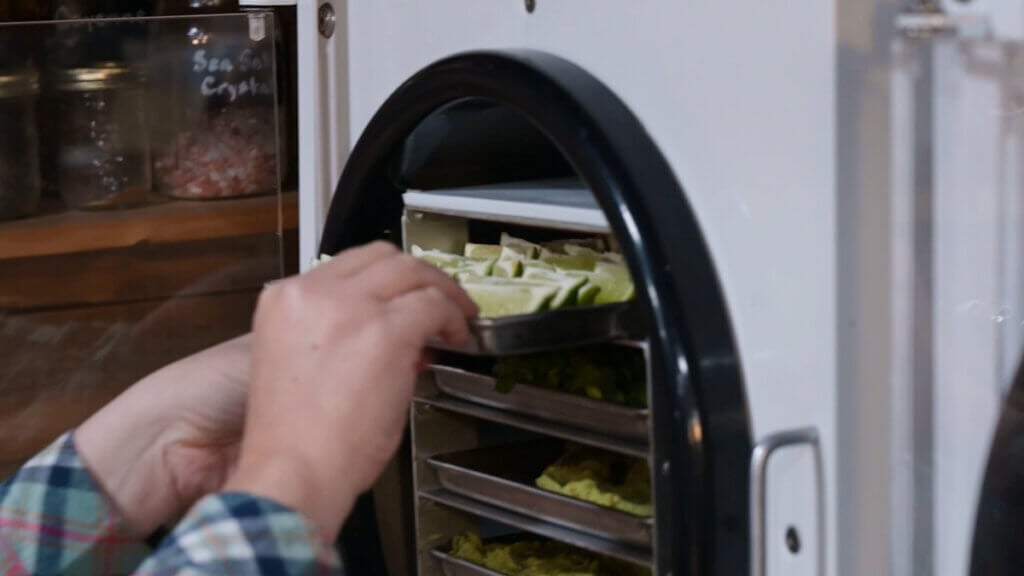In the realm of food preservation and pharmaceuticals, a groundbreaking technology has emerged sublimation freeze drying. This innovative process represents a significant leap forward in preserving delicate substances while maintaining their integrity, taste, and efficacy. At its core, sublimation freeze drying harnesses the principles of sublimation, a phase transition where a substance transitions directly from a solid to a gas without passing through the liquid state. This method offers distinct advantages over traditional drying techniques by minimizing damage caused by heat and preserving the structure and properties of the material being dried. Sublimation freeze drying begins with the freezing of the substance to be dried. This freezing step is crucial as it prepares the material for the subsequent sublimation process. Once frozen, the material is placed in a vacuum chamber where pressure is reduced to create an environment conducive to sublimation. Next, heat is applied to the frozen material, causing the ice crystals within it to transition directly into vapor without passing through the liquid phase.

As the ice sublimes, it leaves behind a dried matrix of the original substance, effectively preserving its structure and properties. One of the primary applications of sublimation freeze drying is in the food industry, where it is used to preserve perishable items such as fruits, vegetables, and even entire meals. Unlike conventional drying methods, which can degrade the quality of food through exposure to high temperatures, sublimation freeze drying maintains the taste, texture, and nutritional value of the food. This has led to the production of freeze-dried products that boast extended shelf lives without the need for preservatives or additives. In addition to its applications in food preservation, sublimation freeze drying plays a crucial role in the pharmaceutical industry. Many medications and vaccines are sensitive to heat and moisture, making traditional drying methods unsuitable for their preservation. Sublimation freeze drying offers a solution to this challenge by gently removing moisture from pharmaceutical products while maintaining their potency and efficacy. This has led to advancements in the development of stable, long-lasting drugs and vaccines that can be easily transported and stored without the need for refrigeration.
Beyond food and pharmaceuticals, sublimation freeze drying has found applications in a variety of other fields, including biotechnology, cosmetics, and archaeology. In biotechnology, it is used to preserve enzymes, antibodies, and other biomolecules for research and diagnostic purposes. In cosmetics, it is employed to create powdered extracts and formulations that maintain the potency of active ingredients. In archaeology, it is utilized to preserve fragile artifacts and specimens for study and display. Sublimation freeze drying represents a game-changing technology in the realm of preservation. By harnessing the power of sublimation, this process offers unparalleled advantages in maintaining the integrity, taste, and efficacy of delicate substances. From extending the shelf life of food to preserving life-saving medications, sublimation freeze drying is revolutionizing industries across the board. With continued research and innovation, its potential applications are boundless, promising a future where preservation is both effective and sustainable.